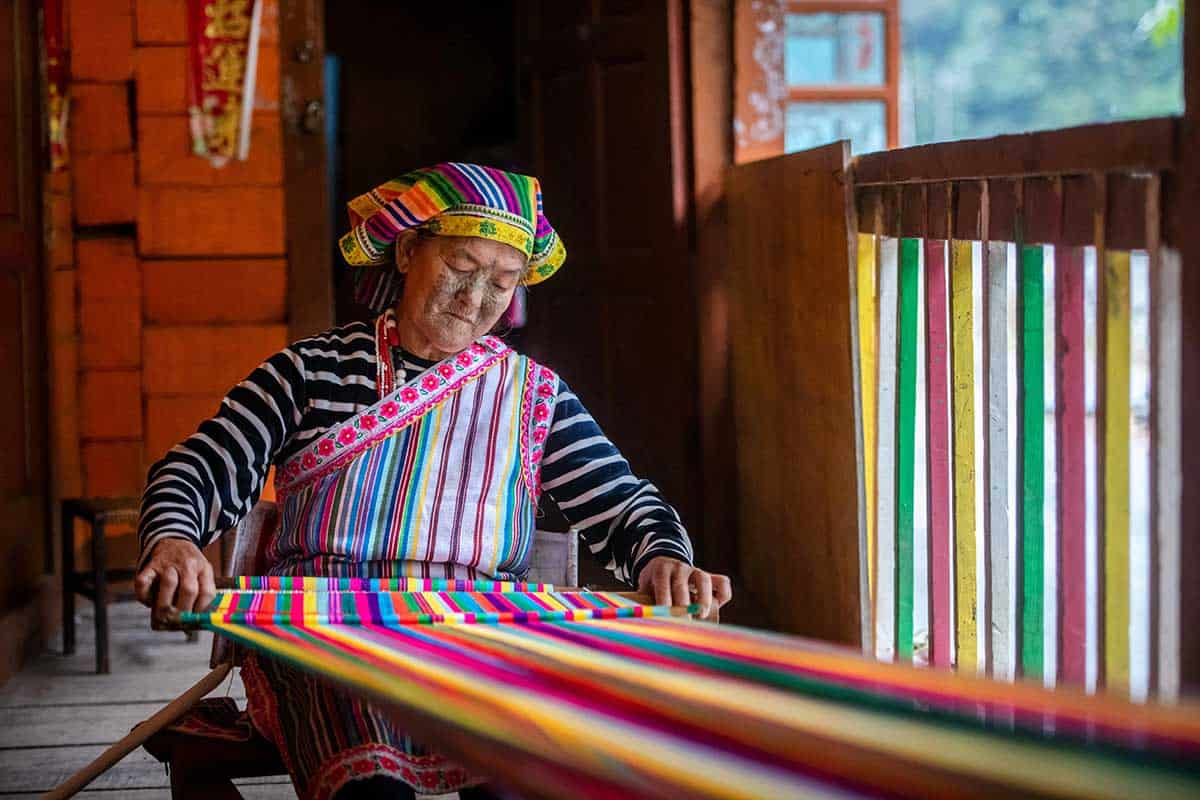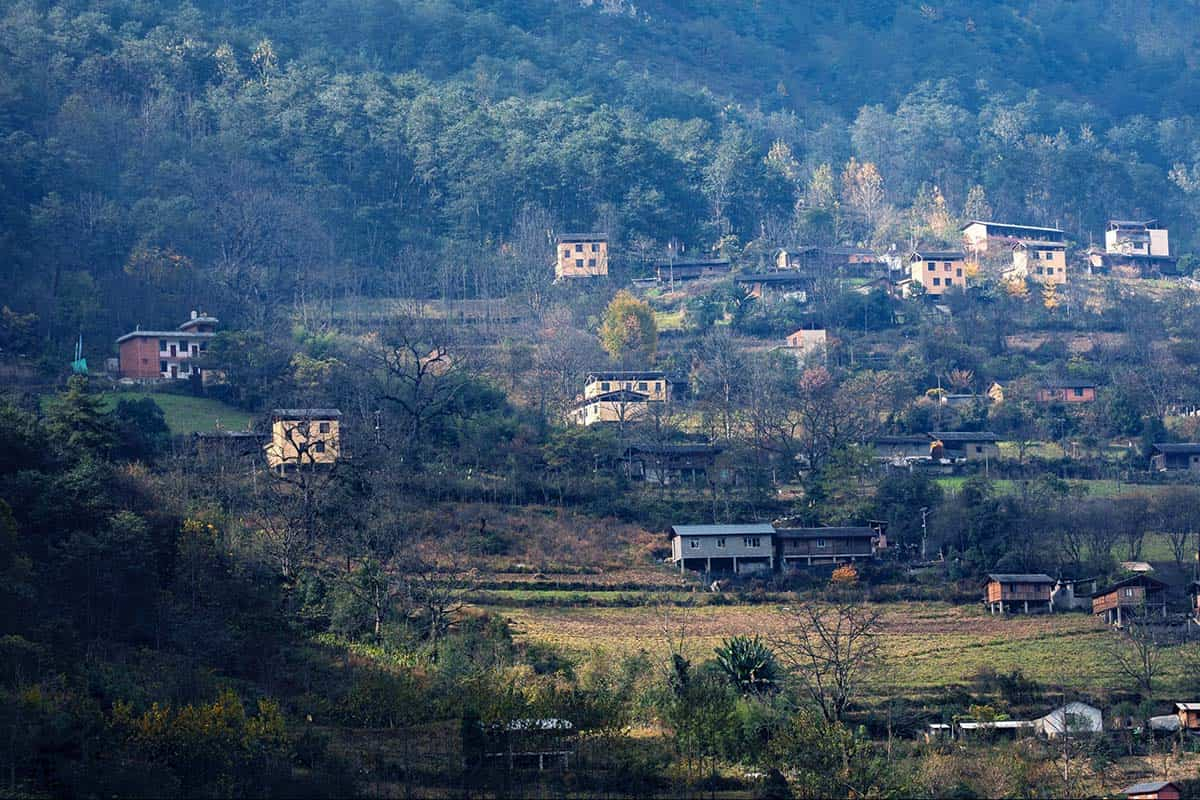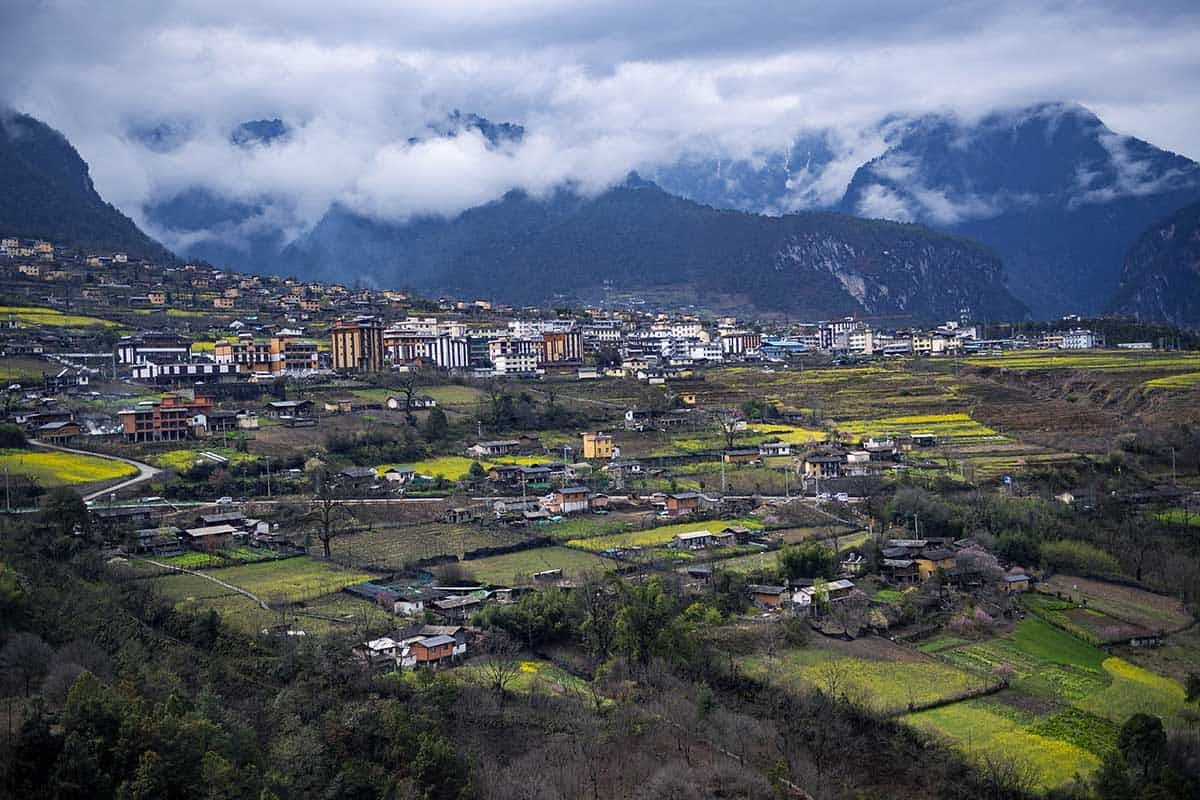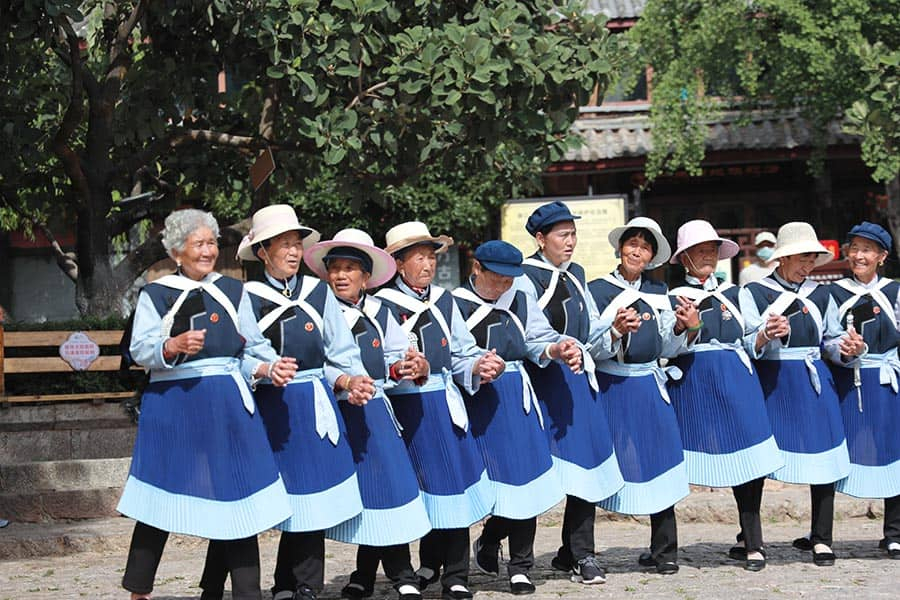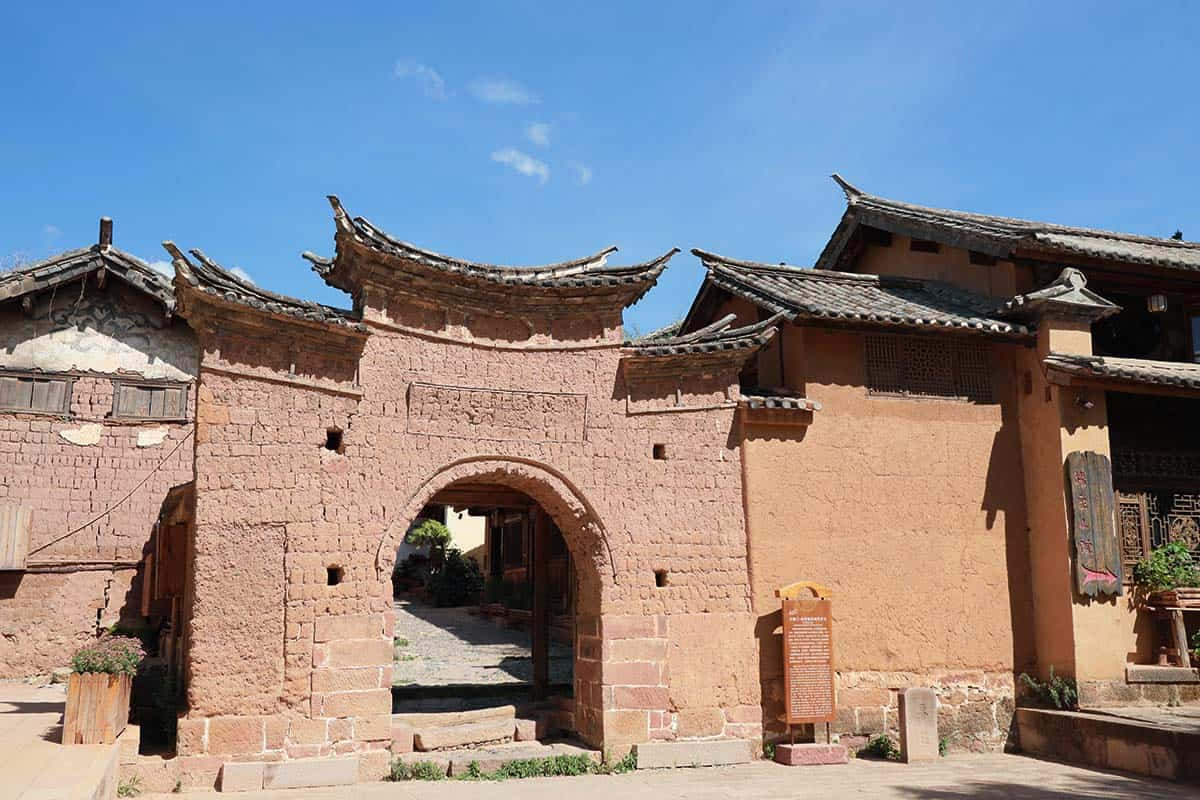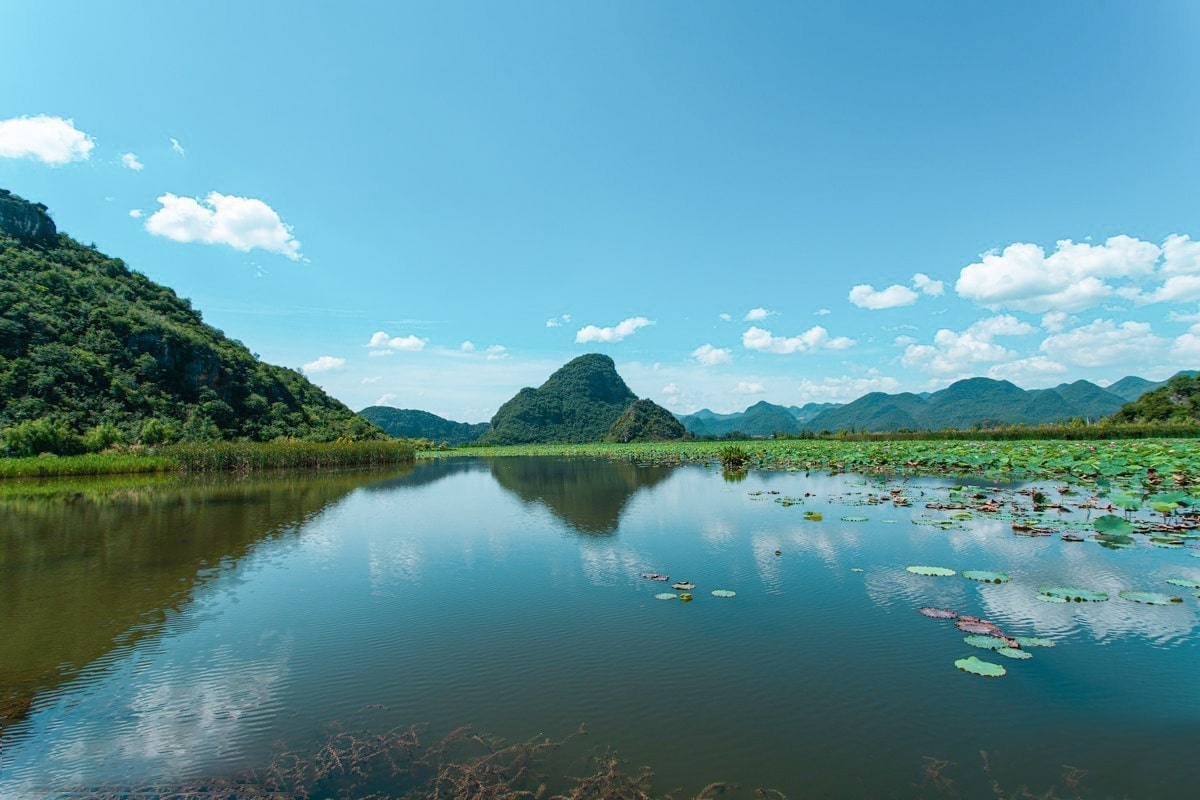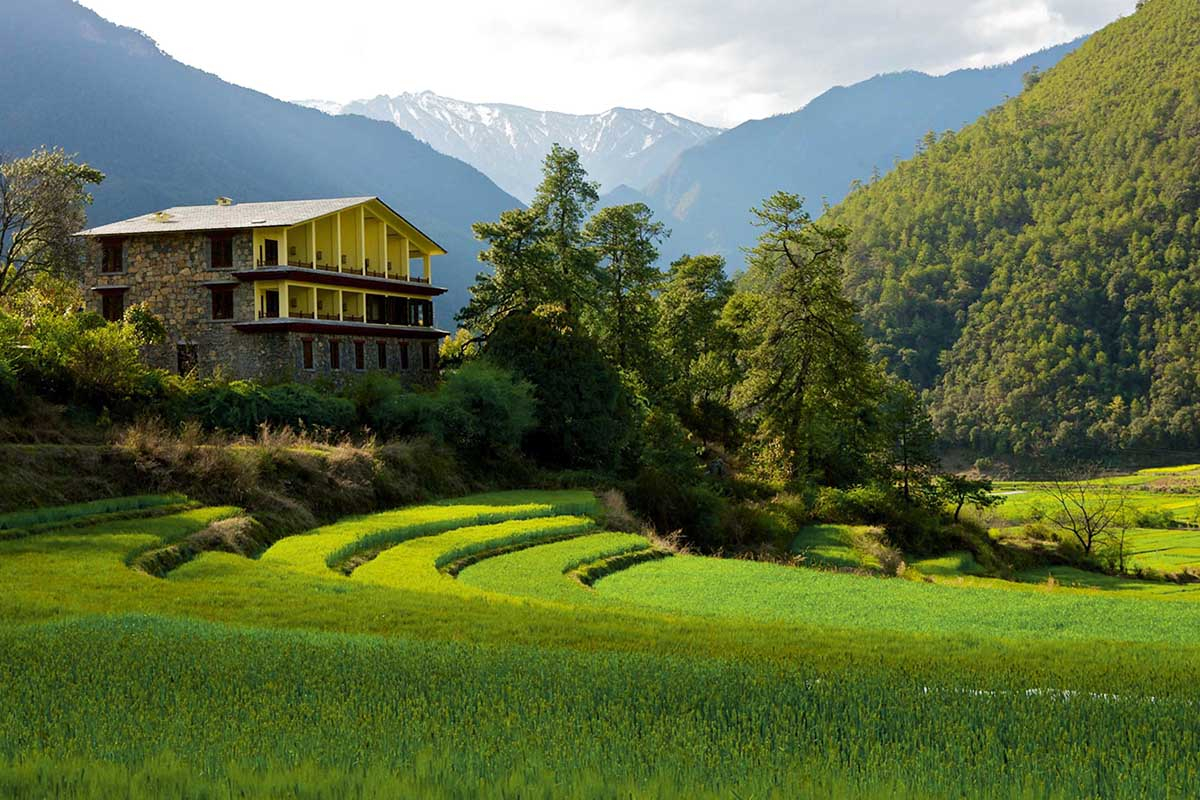Impression Lijiang Travel Guide
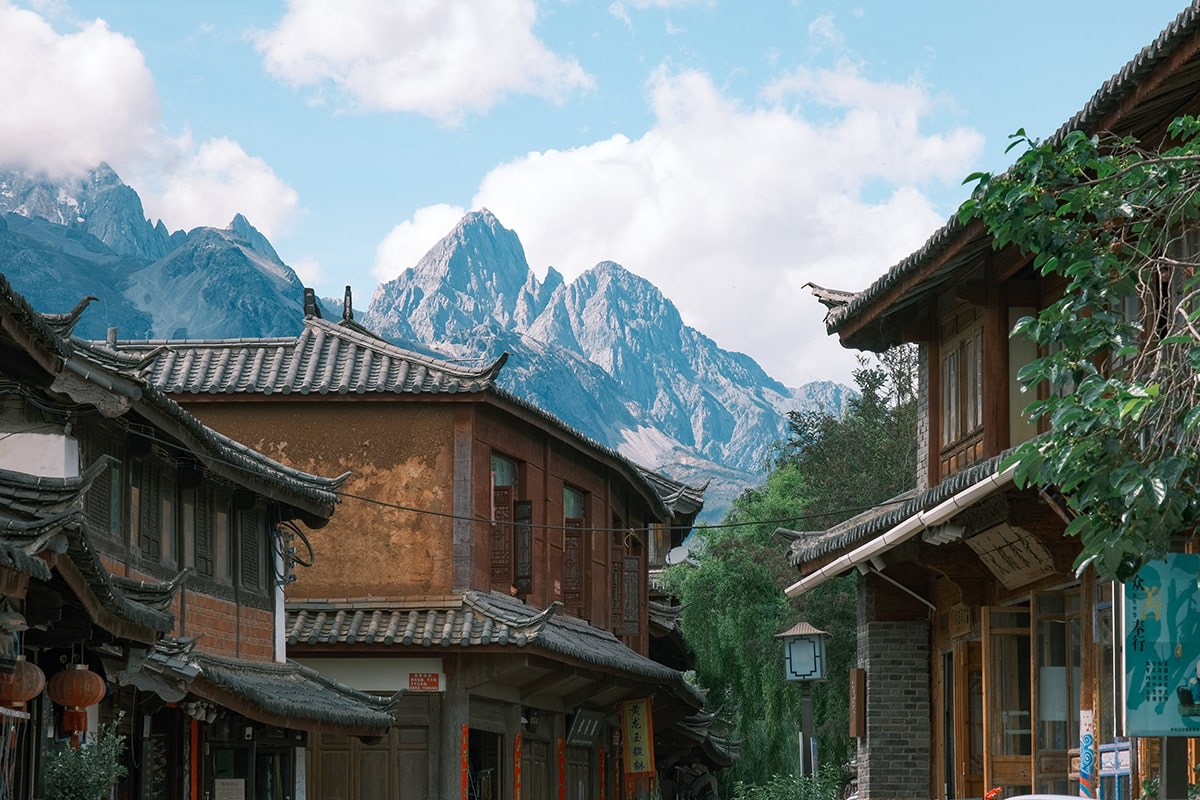
Lijiang is a prefectural city in Yunnan Province, southwest of China. It is the crown jewel of Yunnan’s tourism industry with its alpine mountains, tranquil old towns, diverse landscape and dazzling ethnic cultures. Geographically, it sits on the east edge of the mighty Qinghai-Tibet plateau. The main city is on a highland with elevation of 2000 meters. The highest point of Lijiang is found in Yulong snow mountain, towering 5596 meters. It borders Sichuan province to its east, Diqing Tibet autonomous region to its north and Dali Bai autonomous region to its south. It is 527km away north of Yunnan’s provincial capital Kunming. It is probably the most known tourism city in China. It is also an important historic city with rich history of south silk road and tea-horse trading routes. It has been a melting pot of culture and tradition as many people with different ethnic background came and ruled this region. The name Lijiang is borrowed from the name of the river Jinsha river (known as Lijiang in old days) from 13th century when China was under rule of Monguls. Now 1.2 million people of different ethnic background live together in this region.
The administration area of Lijiang is consist of 1 urban district (Gucheng district), 4 counties (Yongsheng, Huaping, Yulong & Ninglang).
● What to do in Lijiang
Lijiang old town
Lijiang is in general a bustling modern city just like many others in China. But this city also maintains old looks. The Lijiang Ancient Town contains a group of well-preserved ancient buildings from the Ming and Qing dynasties. The famous Sifang (square) Street is lined with little shops. Five major streets connect all the roads and lanes.
Explore the ancient Cha ma gu dao (route for tea and horse)
As its name suggests, the Cha ma gu dao, literally translated as 'Tea-Horse Road' or 'Tea-Horse Path', was an important trade route for exchanging highland horses from Tibet and the tea from the lower central China. The corridor played a crucial role in the communication and exchange between the cultures of present-day Yunnan, Sichuan and Tibet. The tea horse route is attracting attention due to the booming tourism industry in Yunnan. People come to explore the glory the old trading route and experience the ethnic melting pot that Lijiang is presenting to the world.
● Where to go in Lijiang
Tiger leaping gorge
Tiger leaping gorge is the icon of Lijiang. It is believed to be one of the deepest gorge in the world. The gorge is divided into three sections: Upper, Middle and Lower Hutiao. At the narrowest spot the river is only 30 meters wide. The mouth of the gorge is 1,800 meters above sea level. The river is flanked by Yulong and Haba snow mountains, with a height difference of 3,900 meters. It is one of the deepest gorges in the world. For those who plan to spend the night near the gorge, many family run guesthouses are conveniently dotted along the trail. Prices fluctuate between high season and low season. Spring is the best time to visit as the water down the gorge is the most turbulent.
Jade dragon snow mountain
Lijiang sits by the foot of might Yulong Mountain. Yulong xue shan (jade dragon snow mountain) is the southernmost glacier in the Northern Hemisphere. Consisting of 13 peaks, among which Shanzidou is the highest one with an altitude of 5,600 meters (18,360 feet), Jade Dragon Snow Mountain stretches a length of 35 kilometers (22 miles) and a width of 20 kilometers (13 miles). Looking from Lijiang Old Town in the south which is 15 kilometers (nine miles) away, the snow-covered and fog-enlaced mountain resembles a jade dragon flying in the clouds.
● What to eat in Lijiang
Lijiang’s culinary culture is as diverse as its ethnic demographics. People of different ethnic background brought about their own food tradition and culture.
Lijiang baba is a food loved by Naxi people in Lijiang. It is a bakery made of simply wheat flower. The pancake shape Lijiang baba is popular among Naxi people. It comes in different flavors.
Dongba roast fish is a dish said to be popular among the tea-horse trading route. It uses local fish as main ingredient. Fish are salted before put into deep fry. Its simplicity made it a popular food for trader on this important route.
● Transport
There are two airports in Lijiang region. One is Ninlang Lugu Airport (NLH), this is an airport sits near the Lugu lake scenic area. For visitors fly into Lijiang, the Lijiang Sanyi International Airport (LJG) is the right choice. It is about 30km from downtown Lijiang. Domestic routes are operated by Air China, China Eastern and China Southern. Lijiang is connected by air with most major cities in China. International travelers can fly directly to Lijiang from places like Taipei, Singapore, Hong Kong, Bangkok and Seoul.
● Weather
Lijiang has a diverse weather pattern. In general is has a highland monsoon climate. The downtown region of Lijiang has an average temperature from 12 to 20 degree. It has a distinct dry and wet season pattern. Precipitation is concentrated from June to September.
- HOTEST
- RECOMMEND
